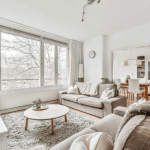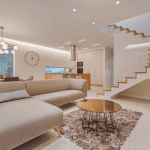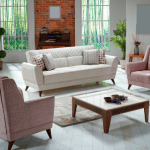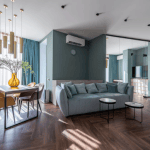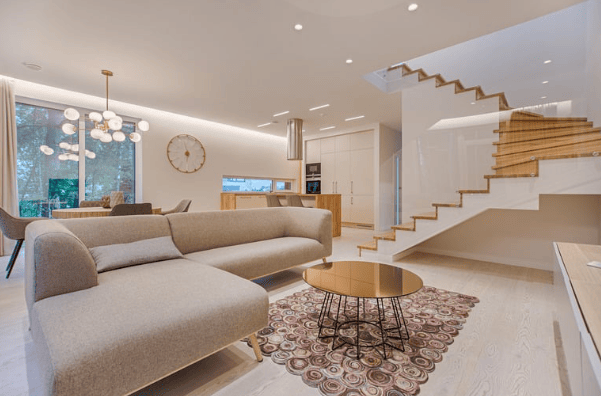
Imagine walking into a room that feels like a storybook, where every piece of furniture tells its own tale. That’s the magic of mixing and matching furniture! It’s like being a chef in your own home, combining different ingredients to create a masterpiece. Just like in a recipe, each furniture piece brings its own flavor. This article is your guide to becoming a furniture mixing master, helping you blend old and new, big and small, to make a space that’s uniquely yours.
Understanding the Basics of Mixing Furniture Styles
Before diving into the fun part, let’s learn some basics. Mixing furniture styles is like a game where you mix pieces from different times, places, or designs to create something new and exciting. The key is balance. You don’t want your room to look like a jumbled mess!
- Start with a Plan: Think of your room as a blank canvas. What’s your main style or theme? It could be modern, vintage, or a bit of both. This will be your guiding star as you pick pieces.
- Balance is Key: Mixing doesn’t mean chaos. If you have a loud, colorful sofa, pair it with a simple, quiet coffee table. It’s all about creating harmony.
- Colors and Patterns: These are your best friends. Pick a color scheme that ties everything together. Maybe you love blues and yellows. Use these colors in different pieces to create a thread that connects them.
Choosing Your Pieces
Now for the exciting part – picking your furniture! Remember, it’s like a treasure hunt.
- Combining Old and New: Imagine a sleek, modern table next to a cozy, antique armchair. The contrast is what makes it exciting!
- Different Textures and Materials: Mix materials like wood, metal, and glass. A fluffy rug under a metal chair can create a wow effect.
- Play with Sizes and Shapes: Big and small, round and square – mixing sizes and shapes adds depth to your room.
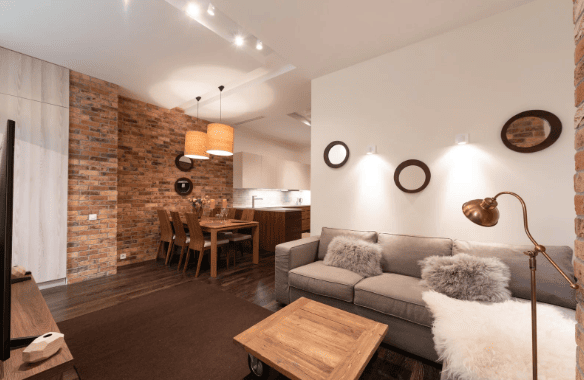
Tips for a Cohesive Look
Mixing and matching is fun, but you want your room to look planned, not accidental.
- Use a Unifying Element: This could be a color, a pattern, or a material that appears in several pieces, tying them together.
- Don’t Overcrowd: Too much of a good thing is still too much. Give your furniture space to breathe.
- Accessorize Wisely: Cushions, lamps, and art can help blend different styles together.
- Trust Your Instincts: If it feels right to you, it probably is. Your home should reflect your personality.
Common Mistakes to Avoid
Even experts make mistakes, so here are a few to watch out for:
- Ignoring Scale: A huge sofa in a tiny room can feel like a giant in a dollhouse. Keep scale in mind.
- Too Matchy-Matchy: If everything matches perfectly, it can look boring. Be bold in your choices.
- Forgetting Comfort: Your home should be comfortable. Don’t sacrifice comfort for style.
Embracing Diversity in Furniture Design
Think of your room as a gathering of friends from different places and times. Each piece of furniture has its own story, and when combined, they create a rich, diverse narrative. Here’s how you can embrace this diversity:
- Cultural Fusion: Incorporate pieces from different cultures. A Japanese-style low table paired with Moroccan poufs creates an intriguing global mix.
- Era Blending: Combine furniture from different eras. Place a mid-century modern chair next to a Victorian-era table for a time-traveling effect.
- Design Styles: Mix design styles like rustic with industrial, or Scandinavian with bohemian. It’s all about finding a balance that feels right.
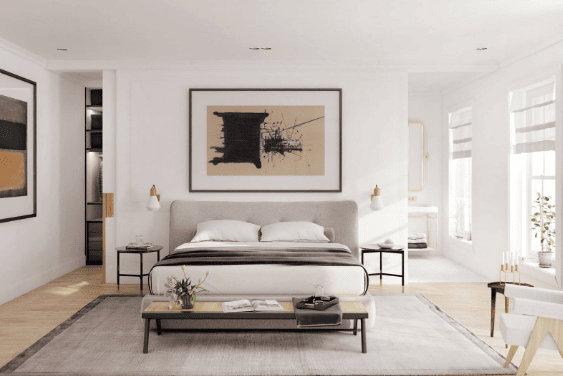
Creating Focal Points
In the mix-and-match world, focal points are like stars in the night sky. They draw attention and guide the eye. Here’s how to create them:
- Statement Pieces: Choose a piece of furniture that stands out in design, color, or size. This could be a bright-colored sofa or an intricately carved bookcase.
- Grouping Similar Items: Create a focal point by grouping similar items together, like a collection of vintage mirrors or an arrangement of potted plants.
Conclusion
Mixing and matching furniture is an art that lets you express your unique style. It’s about creating a space that feels like home, where every piece has a story to tell. Remember, there are no strict rules. It’s your space, and you’re the artist. Start with a vision, play with different elements, and watch as your unique space comes to life. Your home is your canvas, so go ahead and paint it with your personality!

